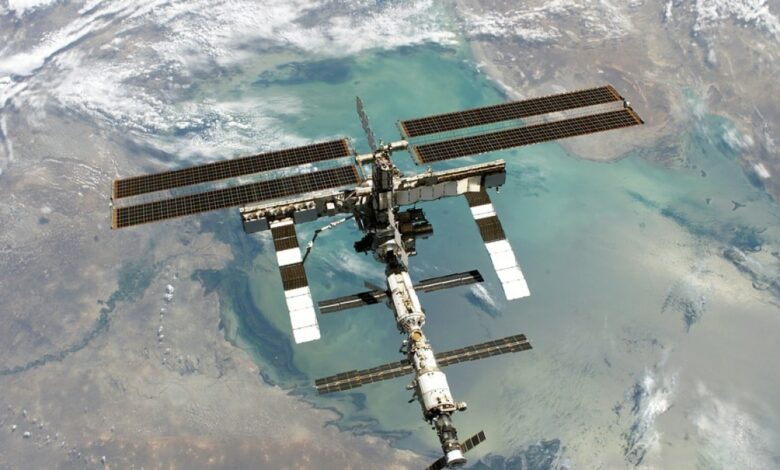ISS avoids space debris during its 39th orbital adjustment since 1998.

According to NASA reports, the International Space Station (ISS) adjusted its orbit on November 19 to avoid a fragment of space debris that came from a satellite that disintegrated in 2015. The maneuver increased the station’s altitude to about 270 miles (440 kilometers) above Earth, preventing debris from coming within 2.5 miles (4 kilometers) of the orbital outpost. This was the ISS’s 39th avoidance since its first launch in November 1998 and the first in 2024.
Space debris: a growing threat
NASA data shows that the ISS has performed multiple maneuvers annually over the years to protect its crew and infrastructure from space debris, although there have been fewer incidents in 2024 than in previous years. Hugh Lewis, professor of aerospace at the University of Southampton, explained to LiveScience that while fewer evasive actions have been required so far this year, this could change unpredictably, with a sudden increase in the risk of collision potentially causing immediate responses necessary.
Causes of the spread of space debris
According to According to reports, increased solar activity during the current maximum solar cycle has affected the behavior of space debris. Events on the Sun, such as coronal mass ejections, cause Earth’s atmosphere to expand, creating drag that can change the trajectories of debris. Additionally, deliberate satellite destruction tests, such as Russia’s 2021 Anti-Satellite (ASAT) test, have significantly contributed to the build-up of hazardous debris. Four of the nine maneuvers performed by the ISS since 2021 were linked to fragments of Cosmos-1408, a Soviet-era satellite targeted during the ASAT operation.
Mitigate future risks
Experts, including Lewis, have emphasized the importance of removing defunct satellites to limit the growth of debris. It was noted that proactive measures such as deorbiting retired satellites would significantly reduce the threat of collisions. With the ISS set to be decommissioned in 2031, maintaining safe operations remains critical as the threat of space debris continues to escalate.




